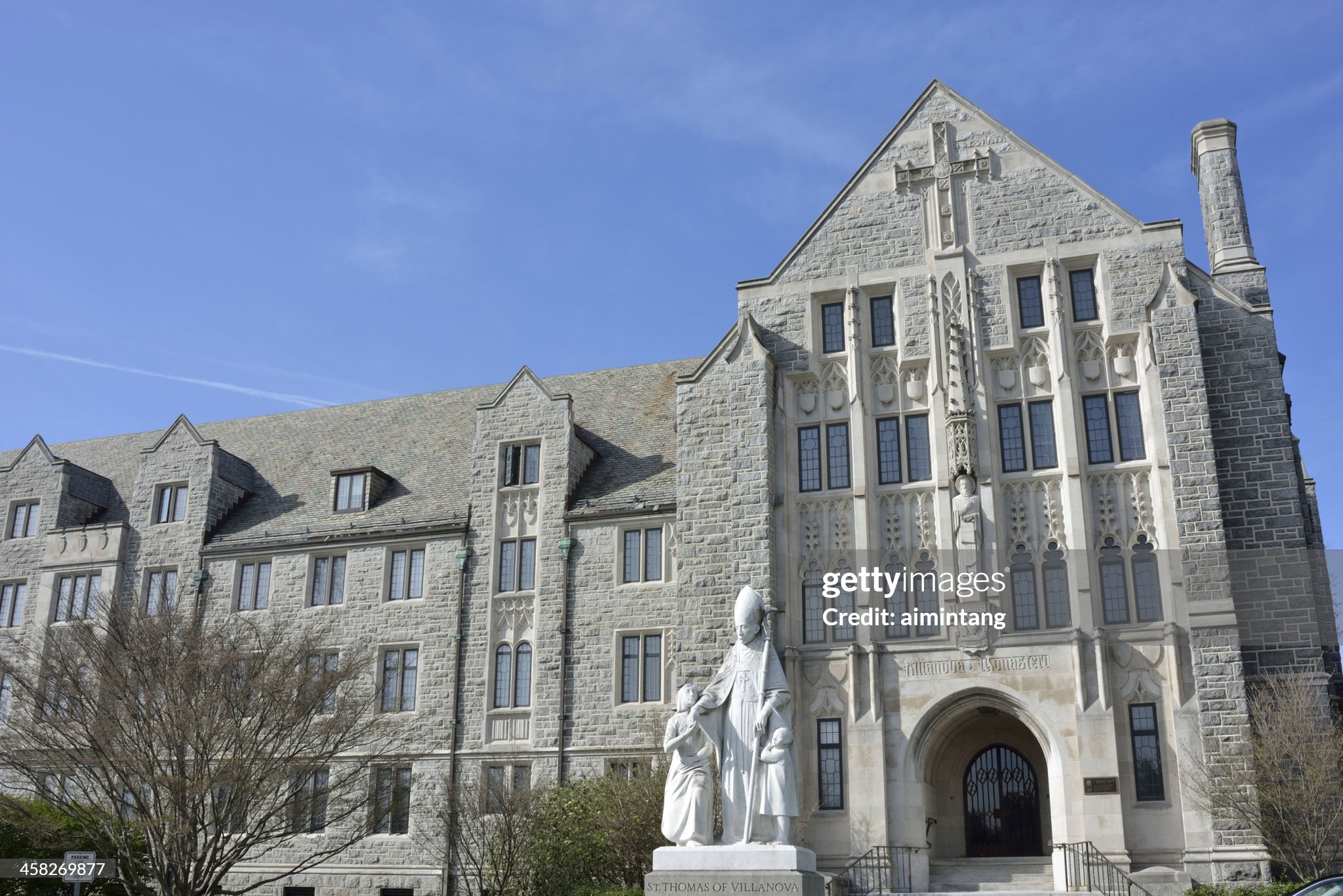
Post-grad efforts at Hispanic Serving Institutions
Excelencia in Education shares new joint study committed to make Latinos thrive.
Latinos are enrolling in higher education institutions and earning degrees more than ever. Although this community suffered the most from the pandemic, projections say Latinos will make up 20% of the nation’s workforce by the end of the decade.
Now, Latinos continue to largely be represented in low-paying jobs, as higher education completion rates aren’t fast enough to fill the lack of representation of Latinos in high-paying jobs.
Understanding its responsibility in serving the community, Hispanic Serving Institutions (HSIs) have been playing an important role in preparing Latinos for the workforce. Not just by sharing knowledge when they are attending classes, but also by offering support once students graduate.
From October 2021 to March 2022, Excelenica in Education collaborated with seven HSIs that are committed to actively supporting Latino students in post graduation careers. By examining data, practices and leadership efforts, the study was able to identify the strengths and areas of growth where those institutions have been successfu. Lessons learned from this partnership also allowed Excelencia to create actionable strategies other institutions can take to better serve Latinos post graduation.
Ranging from 28.8% to 61% of Latino enrollment, the participants varied from two-year and four-year institutions from around the country. These include: Austin Community College (TX), California State University-Fullerton (CA), Long Beach City College (CA), Texas State University (TX), University of Arizona (AZ), University of Illinois Chicago (IL), and Wilbur Wright College (IL).
RELATED CONTENT
The partner institutions had different definitions on post-completion success and presented a variety of strategies to achieve it. They stand out in different ways regarding programs and statistics, presenting particular post-completion success practices. But what they all have in common is the devotion to seeing Latinos succeed in the real world.
To read more about the practices and strategies of each institution, click here.
After analyzing the successful narratives of the participants, the three main strengths identified by Excelencia were the following:
- Institutions offer a number of culturally relevant institutional practices designed to accelerate Latino post-grad success.
- Institutions provide custom measures and metrics so track post-grad success outcomes.
- Institutions demonstrate progress in closing post-grad success equity gaps for post-grad success outcomes for Latinos.
Along with those conclusions, the three main areas of growth that institutions considered in their post-grad success efforts are as follows:
- Institutions seek to deepen their knowledge of data collection efforts and align measures to track post-grad success in both the short and long term.
- Institution seek to forge international connections with employers and industries looking to diversify their employee pool.
- Institutional representatives seek to make the case to institutional leadership for internationally serving graduates at their institution.
From the collective efforts of these seven successful HSIs, Excelencia was able to identify a few lessons that can be shared to inspire other colleges and universities looking to better the support for graduates. It is important to recognize the post-graduate success as a part of the student life cycle, and allocate time, resources, and staff to support them in this phase. Data infrastructure, as well as innovative measures and metrics, has a crucial function in providing insights on the impact institutions have on the life of students post-graduation.
Starting conversations and discovering data sources about post-grad success add value to the students' educational experience. Identifying key performance indicators, developing strategies and implementing evidence-based practices are measures that will have an effective impact in the next phase of Latino students' success once they leave the institutions.











LEAVE A COMMENT:
Join the discussion! Leave a comment.